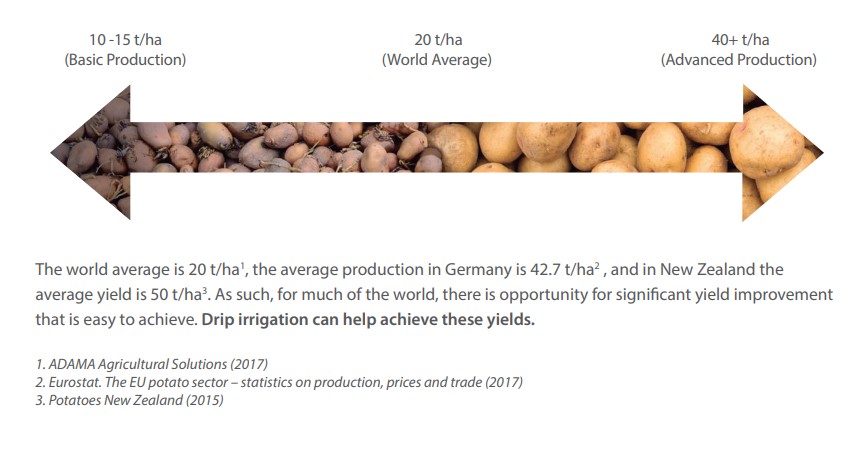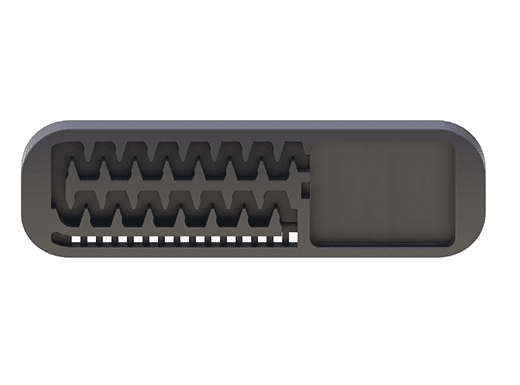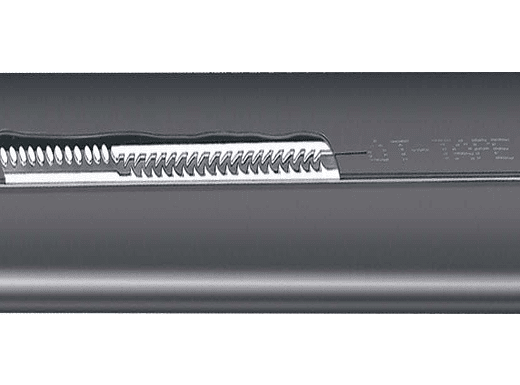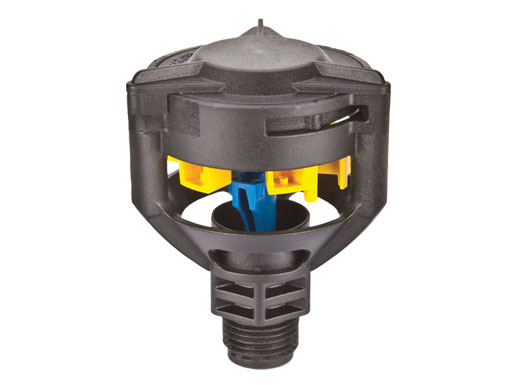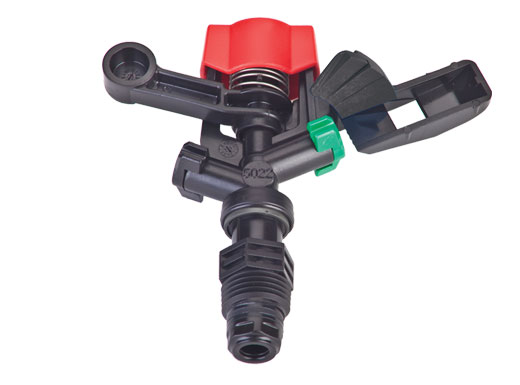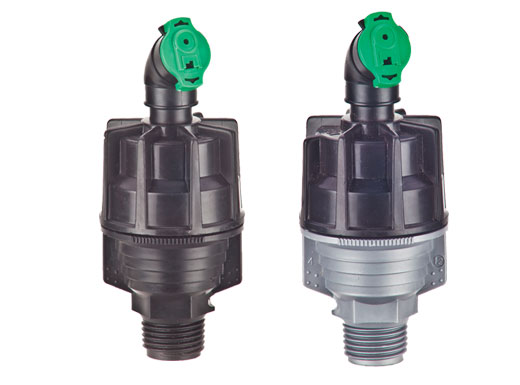
Maximize Potato Yields with Precision Drip Irrigation Solutions
Irrigation plays a crucial role in potato cultivation, significantly affecting the crop’s yield and quality. Potatoes, with their shallow roots and sensitivity to water levels, need precise irrigation to avoid problems like tuber malformation, disease, and reduced yields.
We are proud to be the go-to expert in micro-irrigation solutions offering cutting-edge drip irrigation systems that ensure nutrient-rich water is consistently applied to your potato crops.
Our precision solutions enhance tuber size, quantity and quality maximizing yield and crop uniformity. With Rivulis, potato growers can confidently meet market demands for top-quality produce while reducing water usage and labor costs.
Introduction to Potato Crop Irrigation
Importance of Irrigation in Potato Farming
Water plays a pivotal role in the life cycle of potatoes, acting as the ultimate growth catalyst from tuber to table. Just like a diligent chef needs precise measurements for a perfect recipe – potatoes thrive when carefully watered.
10% Variation in soil moisture can lead to uneven tuber bulking, and tubers are very susceptible to damage during growth. Optimal irrigation, primarily through drip systems, ensures that each spud receives the right amount of hydration without drowning its potential.
This careful balance promotes healthy tuber development and enhances yield and quality. It ensures that potatoes meet the strict standards of markets worldwide.
From reducing/preventing the risk of diseases like powdery scabs to maximizing size and uniformity – the journey from farm to fork begins with a sprinkle of water.
With Rivulis, each potato results from careful irrigation and nutrition, complemented by a touch of nature’s nurturing essence.
Potato Crop’s Water Requirements
Understanding the potato’s thirst for the right amount of water isn’t just about keeping them hydrated – it’s about giving them the VIP treatment they deserve. From choosing the best drip irrigation system for potatoes to fine-tuning potato irrigation methods and strategy, every drop counts.
This tailored approach not only helps spuds grow plump but also keeps diseases at bay to ensure they meet the high standards of the market.
Understanding Potato Crop’s Water Needs
Drip irrigation stands out as a game-changer in potato cultivation. It offers precise benefits that drive higher yields and healthier crops. At Rivulis, we’ve seen growers boost potato yields by 25% compared to sprinkler systems. Some of our farmers (and customers) have achieved 60 t/ha yields with our drip systems.
Our systems are all about addressing critical factors such as:
- Ideal Soil Moisture Levels for Potatoes
Drip irrigation systems allow to maintain optimal soil moisture levels near field capacity. This precision ensures that potatoes receive consistent hydration. It promotes sturdy root growth and nutrient uptake essential for high yields.
- Effects of Over- and Under-watering on Potato Yield
With drip irrigation, we can reduce/avoid issues like brown blight, hollow heart, tuber splitting, and the general reduction of tuber quality. Say goodbye to uneven sizes and hello to picture-perfect spuds.
- Avoiding Water-logged Conditions
Our secret is smart water distribution that keeps roots happy without drowning them. By distributing water evenly and efficiently, these systems reduce the likelihood of root suffocation and diseases caused by waterlogged conditions. This ensures healthier plants and higher productivity.
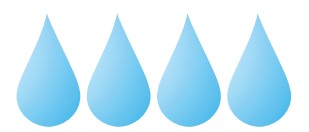
- Saturation of the soil profile for more than 8 –12 hours can cause root damage.
- Over watering causes a higher rate of brown blight, hollow heart, tuber splitting, and general reduction of tuber quality.
- Nitrogen can leach below the plant’s shallow root zone.

- Water deficits reduce the plant’s growth by reducing the water pressure in the plant’s cells that are necessary for expansion which then correlates directly to reduced / stunted tuber expansion.
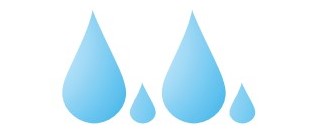
- During water deficit, tuber expansion reduces or even stops. Once water is returned and the plant is not in stress, tuber expansion will resume; however tuber malformation likelihood increases. The wider the variation, the greater the problems of malformation.
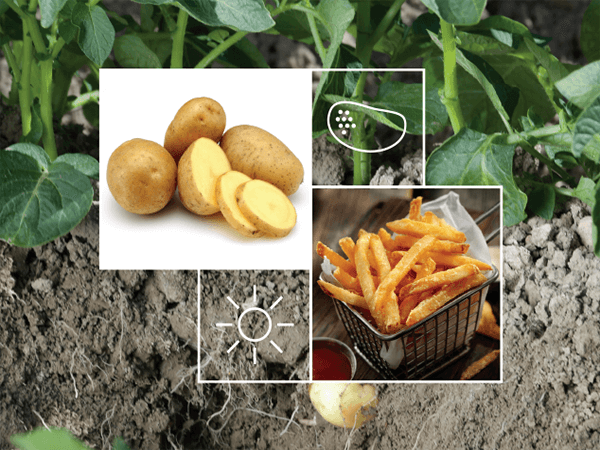
Different Irrigation Methods in Potato Cultivation
Sprinkler Irrigation
In addition to drip, it is important to recognize that in a number of applications, sprinklers may be the right choice. Our sprinkler solutions provide exception uniformity, this means better nutrient application and absorption, and healthier plants – all contributing to bigger yields and happier farmers.
Drip Irrigation
Drip irrigation revolutionizes potato farming by delivering water directly to roots via tubes and emitters. This ensures precise water delivery, minimal waste, and maximum efficiency by accurately applying Chemigation – effectively injecting fertilizer, herbicides, insecticides, and fungicides into the irrigation system.
Furrow Irrigation
Furrow irrigation is like planting a watery highway between potato rows. Farmers create furrows aligned with crop rows, allowing gravity to guide water flow. Though simple and cheap to start, it’s highly inefficient. Generally, under furrow irrigation, plants are more frequently subjected to stress from overwatering and excessive soil dryness.
Why Drip Irrigation is Better for Potatoes
Advantages of drip irrigation
This is the most efficient form or irrigation for potatoes that delivers water directly to their roots with precision. Unlike sprinkler and furrow irrigation, drip systems like Rivulis’ T-Tape optimize water use, reduce waste, and prevent disease. Plus, they aren’t affected by wind, in turn, ensuring very high uniformity.
Single Row Drip vs Interrow Drip
Single Row Drip irrigation places a drip line directly to each row of potatoes. This setup ensures each plant receives precise water and nutrient delivery, perfect for fresh market potatoes where consistency and quality are key. Targeting individual rows maintains ideal soil moisture levels and minimizes water waste. This method is better suited for sandy soil types.
Interrow Drip irrigation uses one drip line to serve two rows of potatoes. This method is excellent for processed potatoes and offers flexibility – especially on leased land. It efficiently manages water distribution, reducing the risk of water-logged conditions and the leaching of nutrients. This method is better suited for heavier soil types.
Both systems are sufficient and provide efficient irrigation to ensure healthier plants and higher yields.

Irrigation Solutions for Potato Crops
Frequently Asked Questions About Potato Crops
The best irrigation system for potatoes depends on your system. If you have high wind areas or significant water restrictions, drip is the best solution. If you have low wind and more water, a Rivulis sprinkler system may be a better fit.
The best irrigation method for potato plants is drip irrigation. This system delivers precise water directly to the root zone. It minimizes waste and ensures ideal soil moisture levels. Drip irrigation helps improve yields, reduces water usage, and allows for the accurate application of nutrients. Drip irrigation is the most efficient and effective method for potato cultivation.
Drip irrigation is hands down the most economical method for watering your crops and yielding across all fronts with efficient, precise, and cost-saving solutions!

Any information provided herein, including any case study referrals are for information purposes only and actual results may vary.
Whilst every effort has been made to ensure all data is accurate, the accuracy of all data cannot be guaranteed and it is advised that you to consult with an irrigation specialist for your specific needs and to carefully review technical specifications for proper use.
As some products are not available in all regions, please contact your local authorized dealer for additional details.


